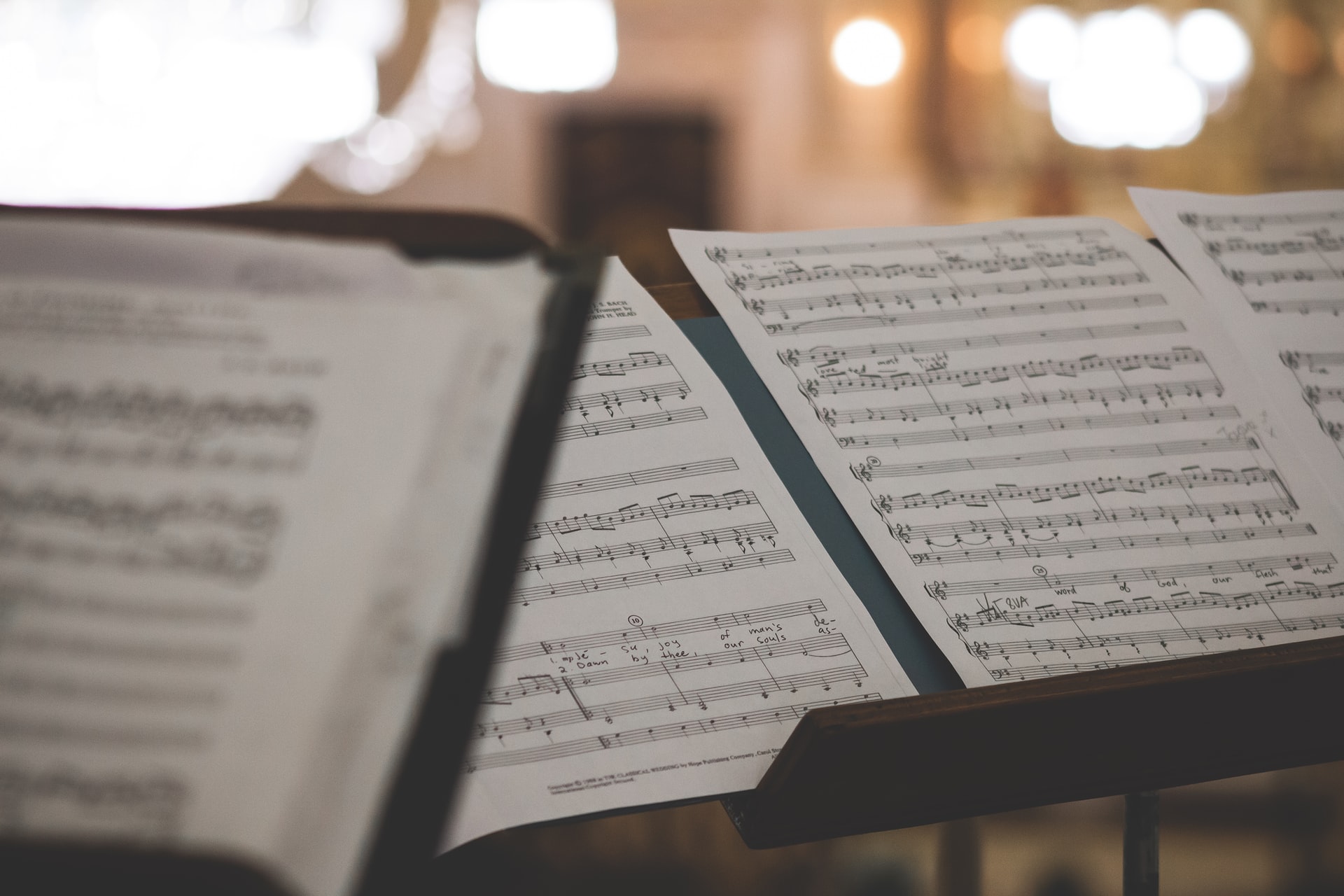The Basics: What is Classical Music? Some Thoughts

For clarity’s sake, and because we’re talking about 1000 years of material, I’ll concentrate on the years 1600- present for now.
Periods and approximate dates:
Baroque: 1600-1750
Classical: 1750-1830
Romantic: 1830-1910 usually divided into early / late
Modern: 1910-
Cultures show their best selves through their arts. the arts are Europe and its diaspora’s towering achievement, not the technology or the conquest of the rest of the world and space.
The whole continent contributed, although Italy, Germany and France were the locus at various times.
The violin and string section as it exists today was perfected during the Italian Baroque. Italian terms are the default musical language ever since. the Stradivarius and Guarnerius violins made in the 1700s are the most prized instruments extant.
The German speaking world comes into its own as Haydn and Beethoven codified the form that serves as blueprint for everything that would come after it. Bach – who was a rediscovery after decades of neglect along with Mozart round out a pantheon so monumental that the rest of Europe gets unfairly consigned as “regional”.
German innovations in valve technology provided greater range and agility to the horns and brass starting in the 1830s.
Paris, always a cultural capital that attracted artists from all over, held huge influence from the baroque until it peaked around WWI with composers, especially Debussy finding yet new innovations and sounds moving beyond Wagner’s very long shadow.
Once you have instruments that cover the whole sound and dynamic spectrum, a tuning system that enables easy transition into 24 keys, you have unlimited possibilities.
The basic floor plan for the traditional composition generally referred to as “sonata form” is as follows:
Multiple movements. separate stand-alone sections with a beginning, middle and end. usually 4 in a symphony- fast. slow. medium. fast. and 3 in a concerto fast slow. fast
The opening movement. usually a bold and robust theme/tune often with a slow introduction. it is contrasted with a softer more “feminine” contrasting theme.
The effectiveness of a composition is determined by how catchy these themes are and how ingenious the composer is at developing them, and then wrapping it all up with a convincing and satisfying finish.
The second movement is generally slow and sweepy, again with multiple themes and climaxes.
The third movement is invariably is a scherzo (“joke”) a direct Beethoven innovation or a minuet in the Haydn and Mozart era. mostly in triple time with a contrasting central section called a “trio” which is often pastorale in character.
The finale is often in an upbeat and heroic vein. often with robust counterpoint and big climaxes rounds out the piece.
Of course, all of these rules can be broken if the composer can make a case for it and that’s what kept the artform fresh and innovative for over 200 years.
This scheme is basic in all instrumental combinations.
